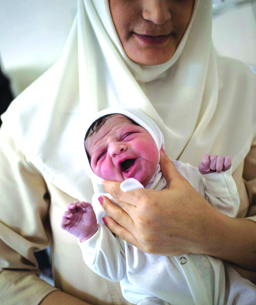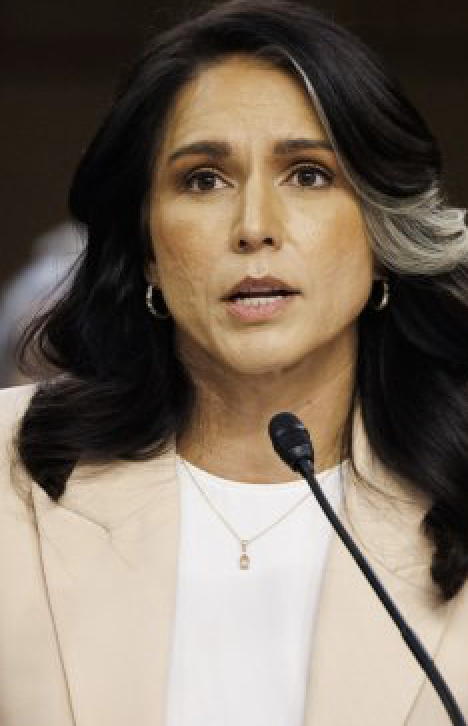November 27, 2020
 The Majlis has approved a new plan in an effort to encourage Iranian families to have more children. Just days later, the Statistical Center of Iran (SCI) said the fertility rate in Iran has fallen drastically to 1.6, the lowest ever in the country.
The Majlis has approved a new plan in an effort to encourage Iranian families to have more children. Just days later, the Statistical Center of Iran (SCI) said the fertility rate in Iran has fallen drastically to 1.6, the lowest ever in the country.
Supreme Leader Ali Khamenehi stopped all family-planning programs almost a decade ago and decreed that the Islamic Republic must do all it can to double the population to 150 million people in order to boost its influence around the world.
But the fertility rate has been falling ever since. And, if it does not rise substantially, Iran will begin to see its population fall in a few years.
The fertility rate measures the number of children that the average woman gives birth to. It needs to be about 2.1 over the long term for the population to stay level and above 2.1 for the population to grow.
The new Majlis plan encourages couples to have more children. It stipulates health insurance for childless couples, services for working women, educational opportunities for student mothers, and medical services to pregnant women, Mehr quoted Fatemeh Ghasempour, head of the women and family caucus of the Majlis, as saying.
Nicholas Eberstadt of the American Enterprise Institute (AEI) in Washington, DC, wrote in July that the fertility rate in Iran has dropped by 70 percent over the past 30 years, which he said is the most rapid decline in human history.
Melinda Gates, co-founder of the Bill & Melinda Gates Foundation, wrote on her Twitter account, “The fastest decrease in the rate of childbearing per woman in the history of the world has happened in Iran!”
Families in Iran are presumed to be having fewer children primarily for economic reasons.
According to data released by the National Organization for Civil Registration, the decline in childbearing continues, with 1,487,913 births registered in the 2017-18 Persian year, 1,366,509 births in the following year and just 1,196,134 last year.
Mohammad Esmaeil Akbari, a senior advisor to the minister of health, has said that the world has grown about 5 years older over the past 70 years, but the population of Iran has grown 10 years older in the past 60 years.
“Currently, the elderly constitute less than 10 percent of the population and we are considered a young country, but we are getting older every year so that in the next 20 years, we will be one of the oldest countries in the world and the oldest by the next 30 years,” he said.
According to Geoba.se, of the 228 countries and territories where it tracks the fertility rate, Iran would rank 183rd, squeezed between Canada and China. The US rate is 2.06.
According to the Geoba.se tabulation, only two countries any longer have a fertility rate above 6—Niger and Uganda. At the other end of the scale are Singapore and Macao, the only countries with rates below 1.
Of the 35 countries with the highest rates, all but one (Afghanistan) are in Africa.























